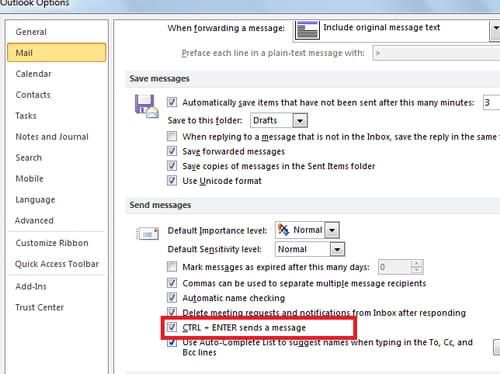

- #DISABLE CTRL COMMANDS HYPERTERM SOFTWARE#
- #DISABLE CTRL COMMANDS HYPERTERM PASSWORD#
- #DISABLE CTRL COMMANDS HYPERTERM LICENSE#
Repeat the most recent command-and go back to earlier commands in reverse sequence-by pressing the up arrow key and then the Enter key. The command line provides several ways to reduce the amount of typing required in the command line. To save changes and return to the main command line from an editor, use the exit command. Some commands open editors in which you can issue subcommands in any order. Some interactive commands present default or current settings, which can be accepted by pressing the Enter key. After entering this information, the Local Manager displays the new date and time and returns to the system prompt. If you answer y, the Local Manager prompts for the new date and time. A prompt asks whether you wish to change the settings. In this example, the current date and time is displayed (both UTC and local time zone). For example: config dateĬurrent system time (MM/dd/yyyy HH:mm:ss): 16:36:00 Interactive commands prompt for new information and may display current settings. Some, such as ping, require command arguments others, like logout and shutdown, do not take command arguments. Many commands are executed without dialog. To end your CLI session with the Local Manager, issue the logout command. Usernames and passwords are case-sensitive.
#DISABLE CTRL COMMANDS HYPERTERM PASSWORD#
The default username is admin and the default password is password. Logging inĪfter connecting to the Local Manager, you will be prompted for a username and password. To open a CLI session over the network using SSH, open a Secure Shell (v2) connection using one of the supported Secure Shell clients:įor example, in a UNIX command line, type ssh the IP address of the Local Manager. For best results, set the terminal emulator to use ANSI encoding. The default console connection settings are 9600 baud, 8 data bits, 1 stop bit, no parity, and no flow control. To open a CLI session from a workstation connected to the management console port, open a terminal session using one of the supported terminal clients:

Use to configure embedded and external modems and related settings. Use to configure and manage a device connected to a device port on the Local Manager. All Local Manager configuration and user management functions are accessed from this resource. To return to the system resource from another resource, use the exit command. The system resource is the root resource. The command line employs a hierarchy for organizing the Local Manager, ports, power controllers, and modems. Terminal access (TTY) is available via dial-in modem and Telnet, but both are disabled by default for security reasons. The CLI is accessible from the onboard console port or via the network using SSH.
#DISABLE CTRL COMMANDS HYPERTERM SOFTWARE#
All hardware platforms run the same version of software and use the same CLI.
#DISABLE CTRL COMMANDS HYPERTERM LICENSE#
*Use these commands also if modem is attached to separate lineĮxport Control and EULA Use of any software made available for download from this system constitutes your acceptance of the Export Control Terms and the terms in the Dynabook end-user license agreement both of which you can view before downloading any such software.The Local Manager's Command Line Interface (CLI) allows you to configure and manage all aspects of the appliance and the devices it manages. Bad modemīad modem if you hear dial tone and Modem not Dial Verifies sound system and modem are communicating At bottom left hand corner itĩ) Tap the Space Bar once.

Set Speaker volume on HighĨ) Push Dial (should hear dialing) push Cancel. Remove the check mark in "Wait for dial tone before dialing".ĥ)Click on General Tab. Click the Modify button, Configure button, and the Connection tab.ĤB. Phone line for the modem, jump to step 4A)ĤA. 1) Click on START/PROGRAMS/ACCESSORIES/HYPERTERMINALĢ) Double click on Hypertrm (phone connected to a monitor).ģ) At New Connection insert a name and click OK.Ĥ) Enter any seven digit number and click OK.


 0 kommentar(er)
0 kommentar(er)
